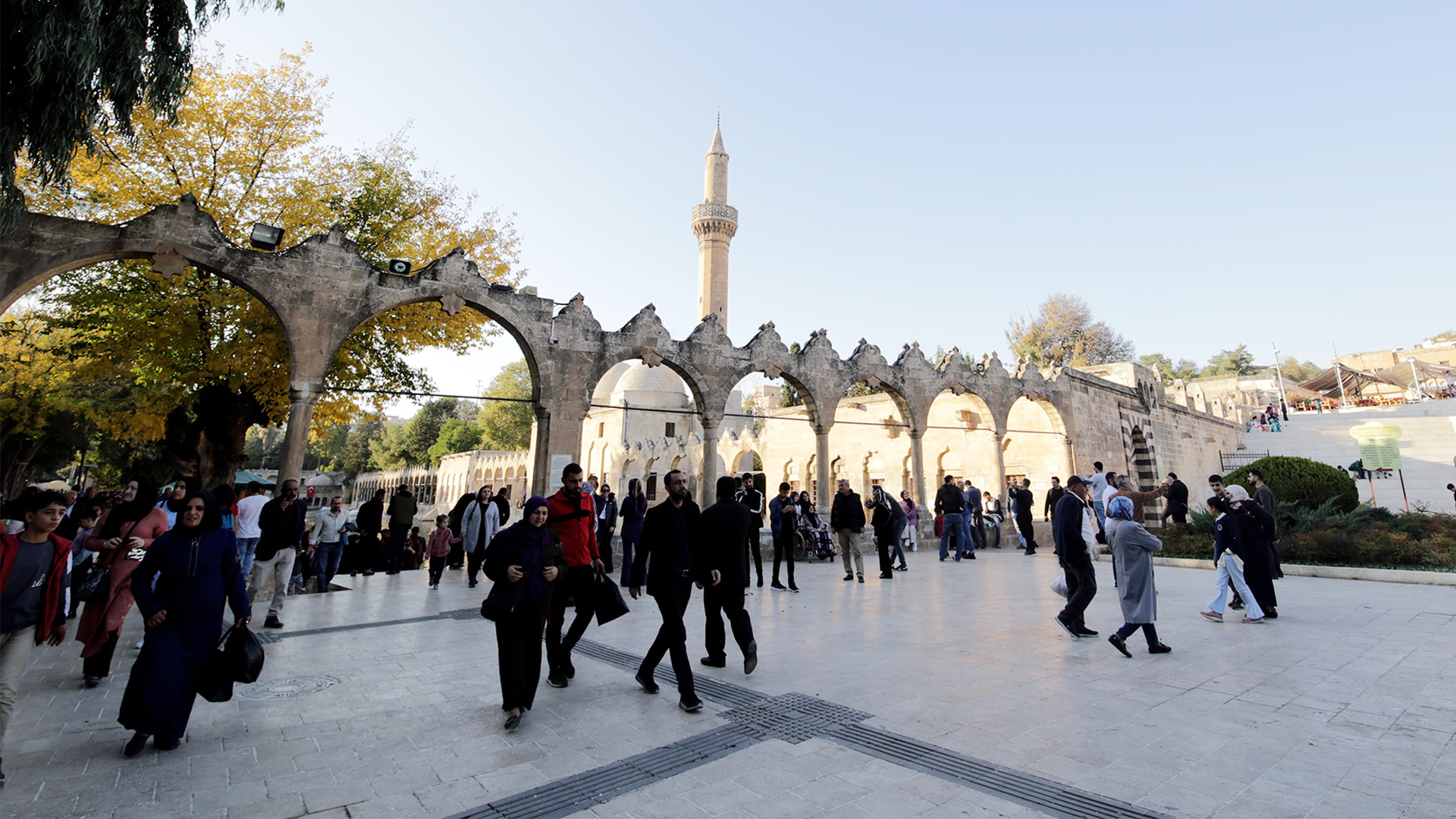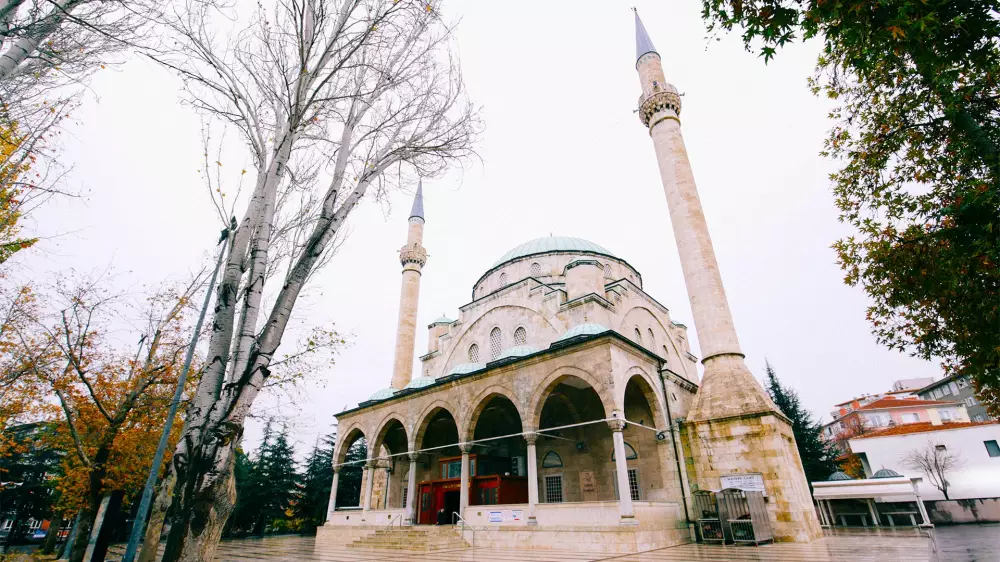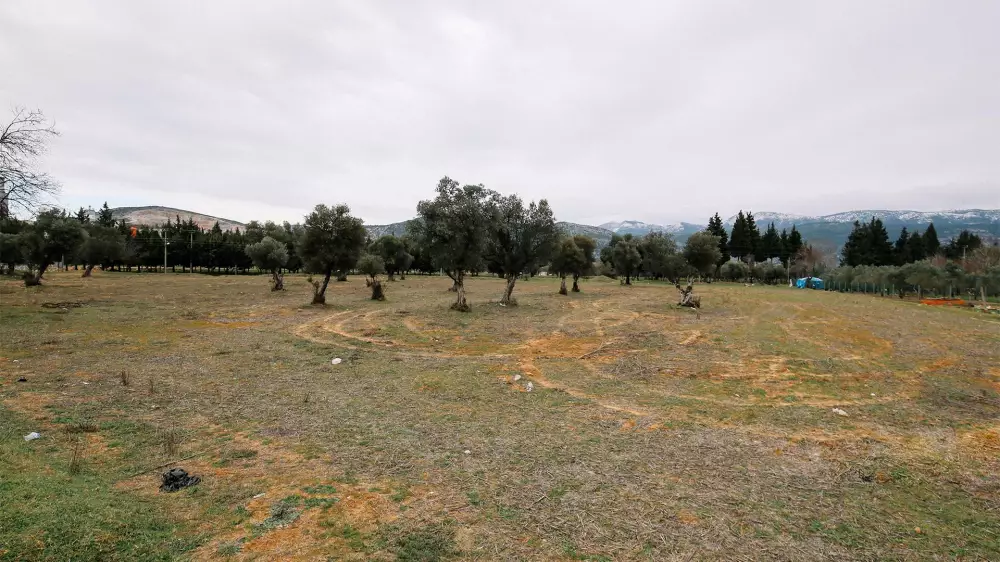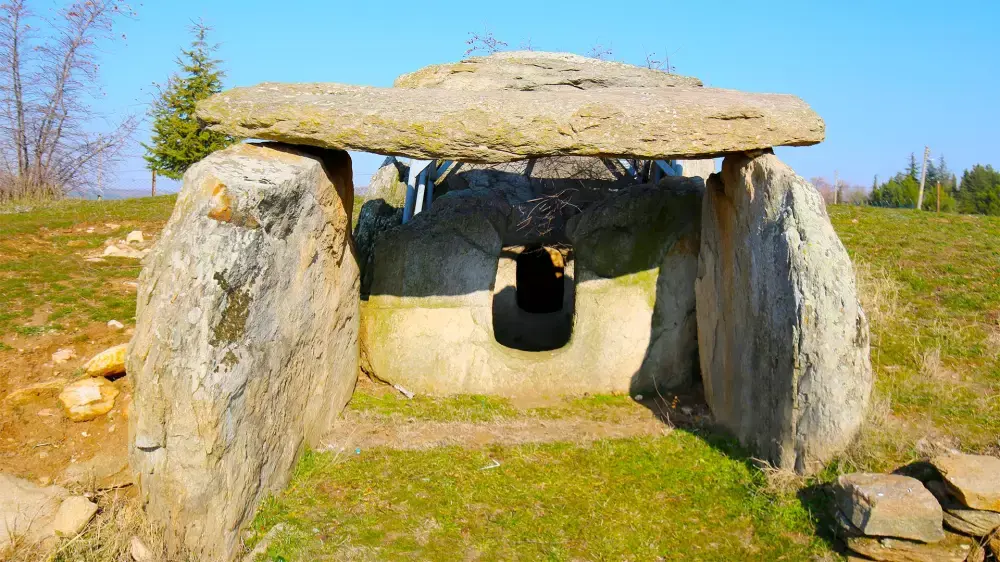
00:00
00:00
Lalapaşa Dolmens
06.05.2024 00:25
Dolmens are described as prehistoric structures formed by large flat stones in the roughest manner. These dolmens are thought to be preferred as tombs for a long time.
The lalapaşa District of Edirne is home to many dolmens in this sense. An important part of Lalapaşa dolmens are lined up on the side of the road. Some of these are discovered by Şevket Aziz Kansu in the early 1960s. He is an important researcher for the history of Edirne and has a very serious contribution in this sense. He publishes photographs and descriptions of 19 dolmens himself. After Kansu, Edirne Museum also discovers five more dolmens
Dolmens are seen as exciting structures, as they were favored as tombs prehistoric era. Dolmens located in Thrace (Trakya) are mostly common in their characteristics. A small hill outside the tomb and entrance chambers form the structures of the dolmens. The length of the burial chambers reaches up to three meters in places. In Lalapaşa dolmens, large blocks are placed upright. The stones located on the side form an entree for the rear section. The overhang in this section is noteworthy.
There are small holes in the back rooms of Lalapaşa dolmens. This method is often tried in entrance rooms. It is sometimes seen that this hole is directly in front of it. The direction the dolmens look may change. In 1990, Lalapaşa dolmens were examined extensively. A large team will be involved in these research conducted under the leadership of Engin Beksaç. Thanks to this and similar research, Dolmen's locations are tried to be identified.
In 2004, a new research will take place again under the leadership of Engin Beksaç. these researches are carried on periodically until today. Dolmens are studied both archaeoastronomically and in terms of landscape. Dolmens in the Thrace region were found to belong the era between 1400 and 900 BC.
Gallery
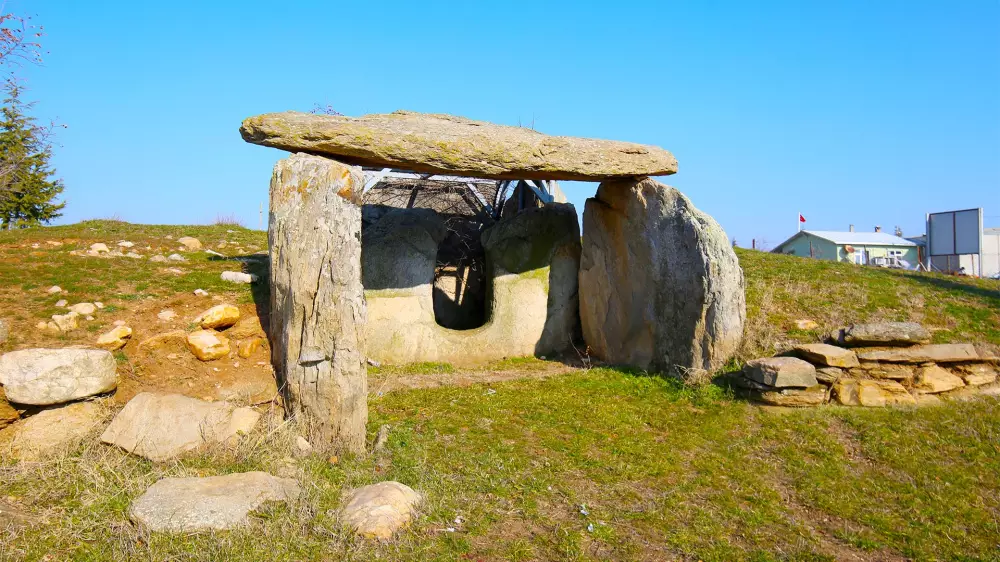

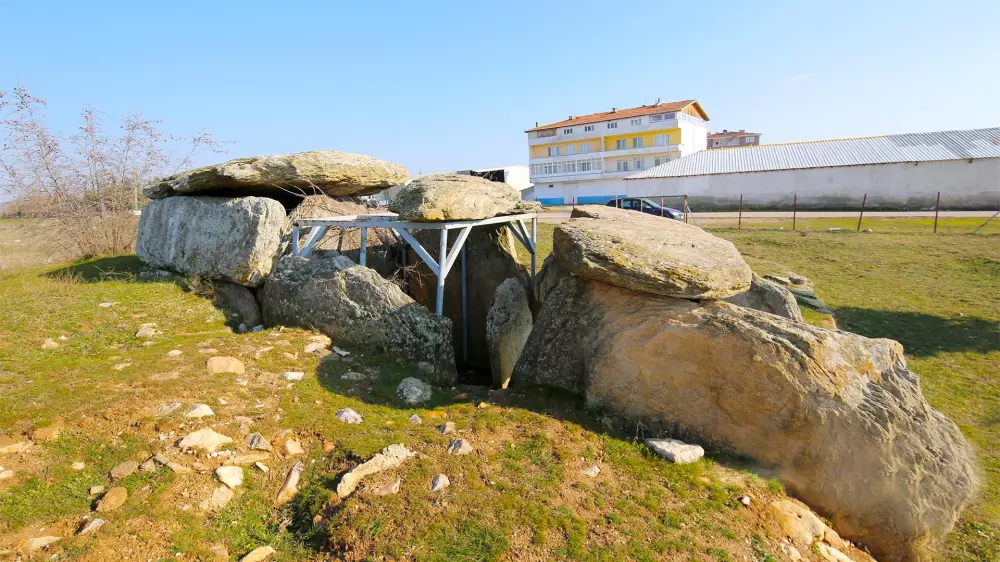

Location
Leave a Comment
